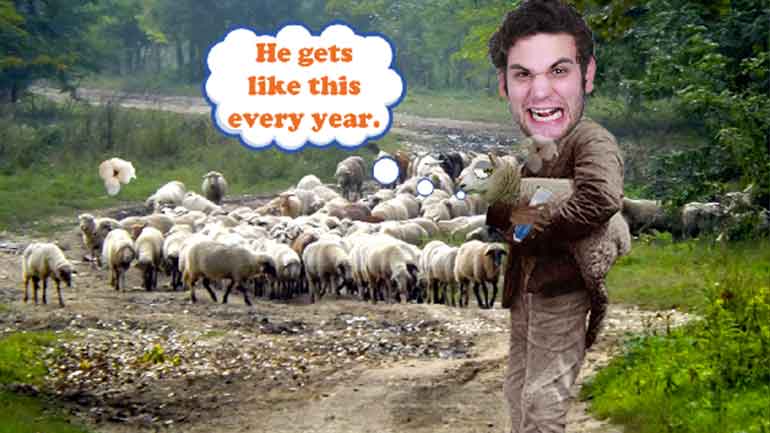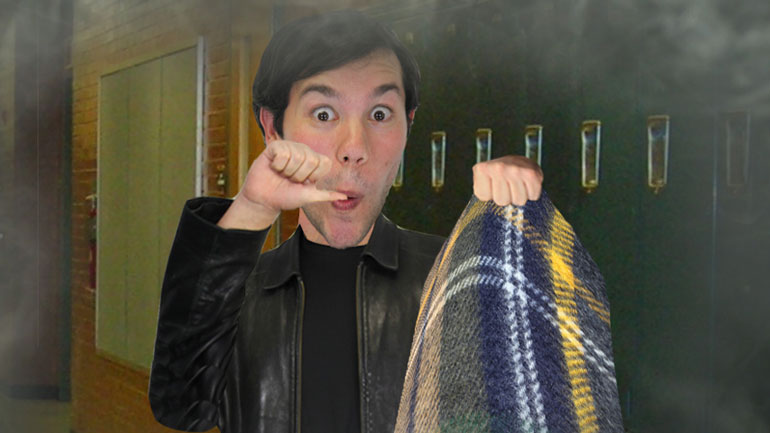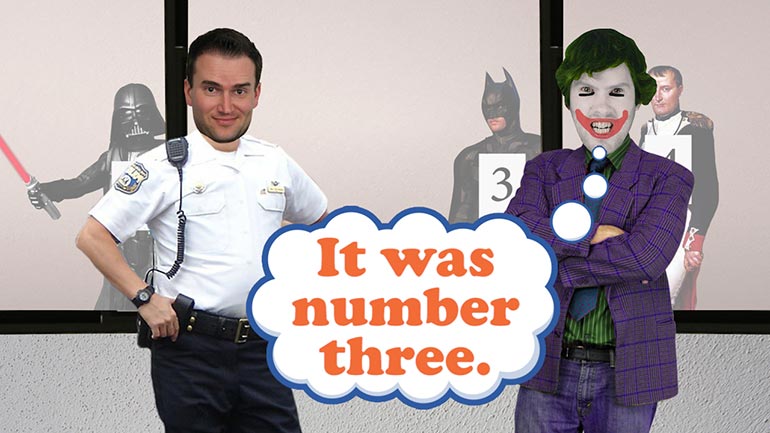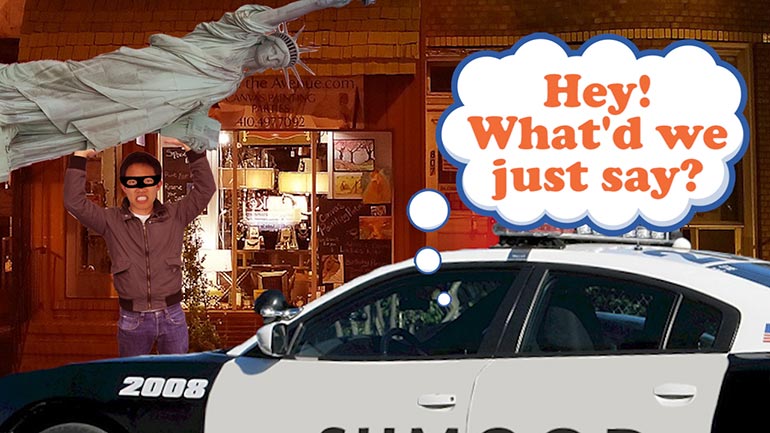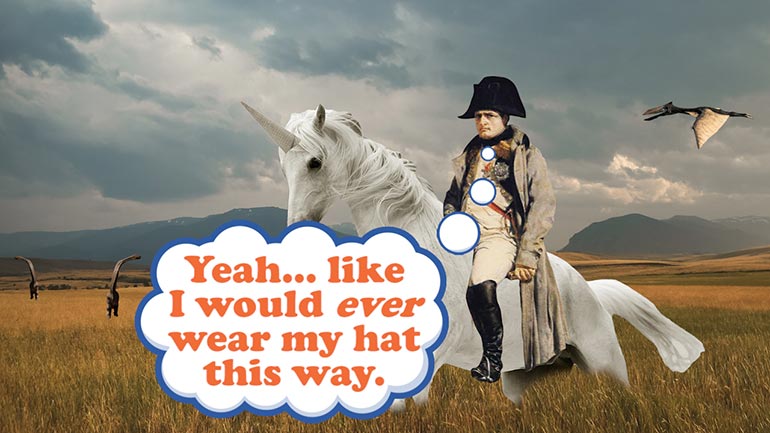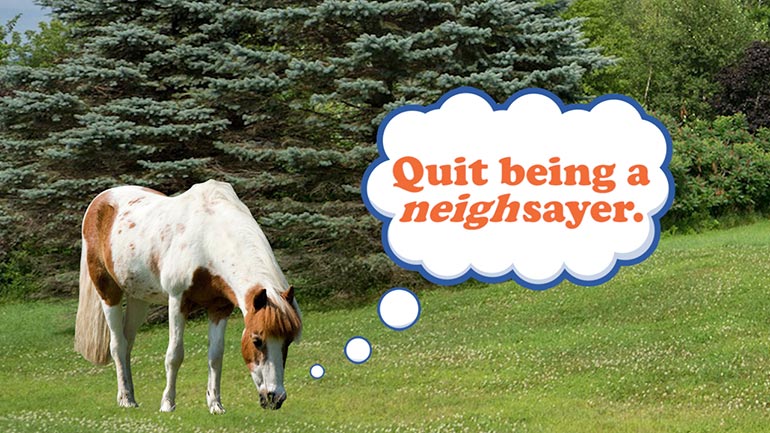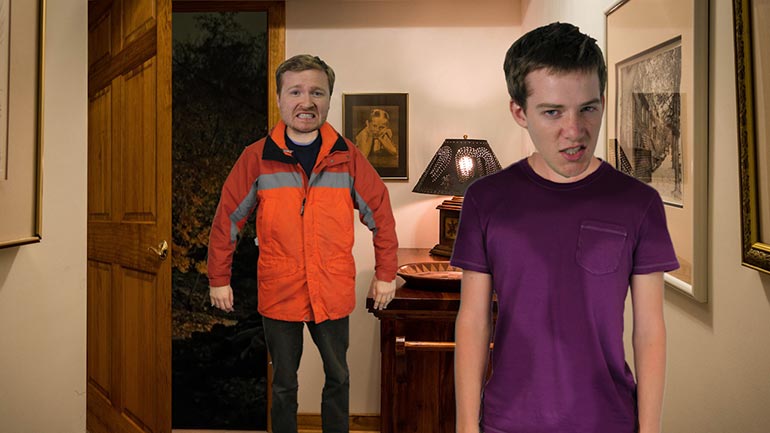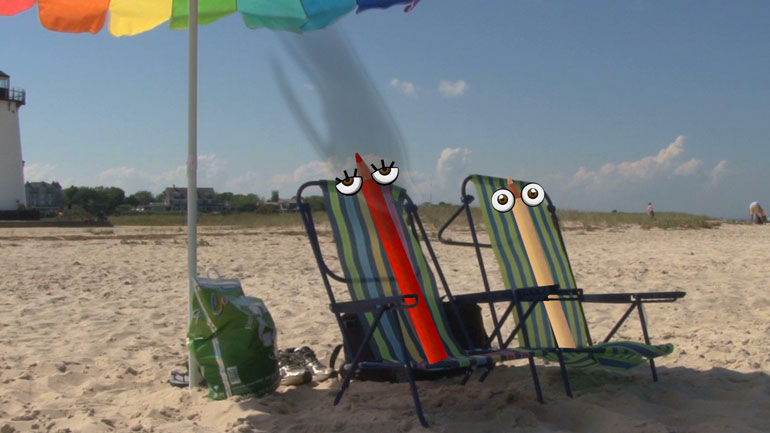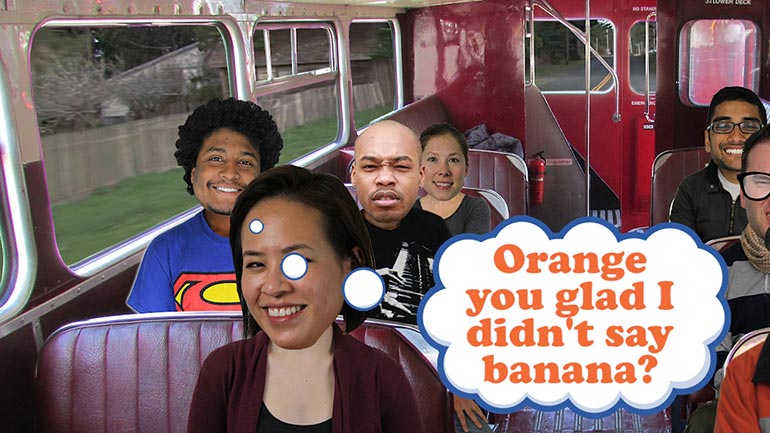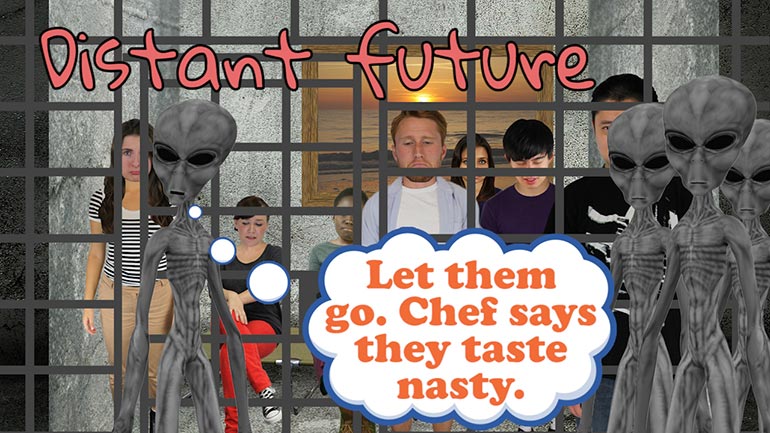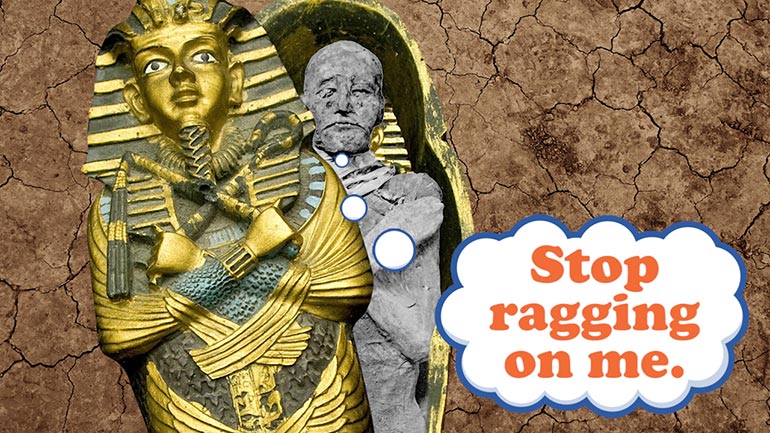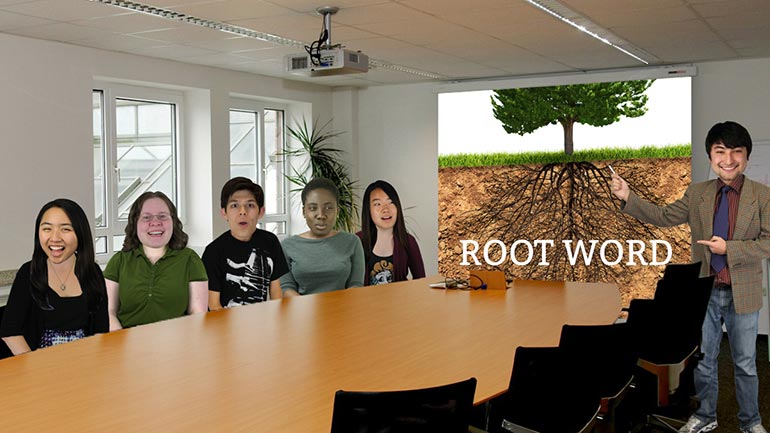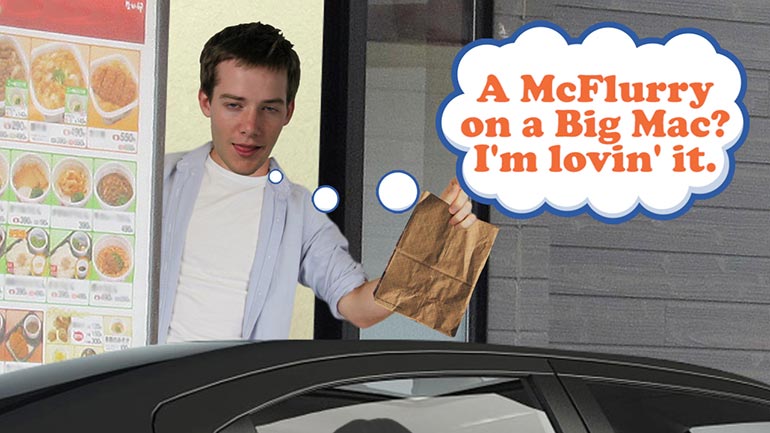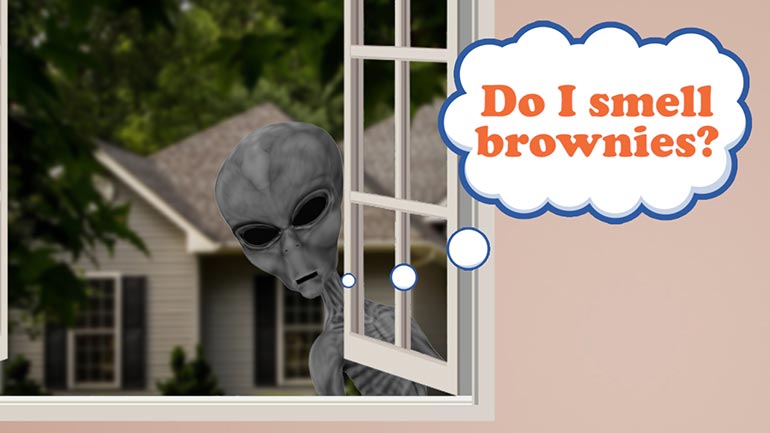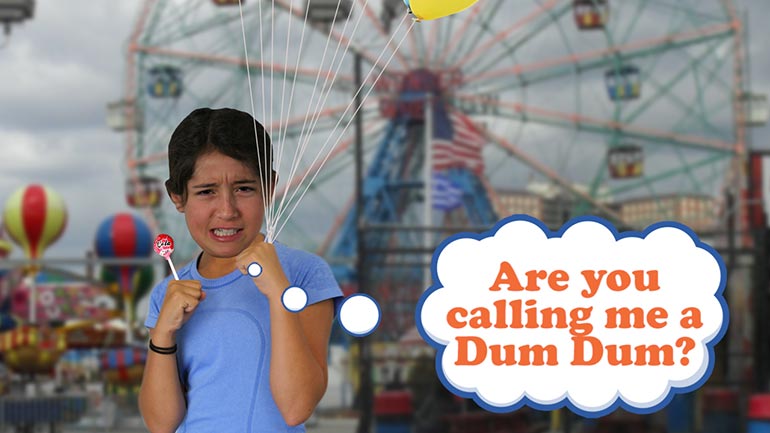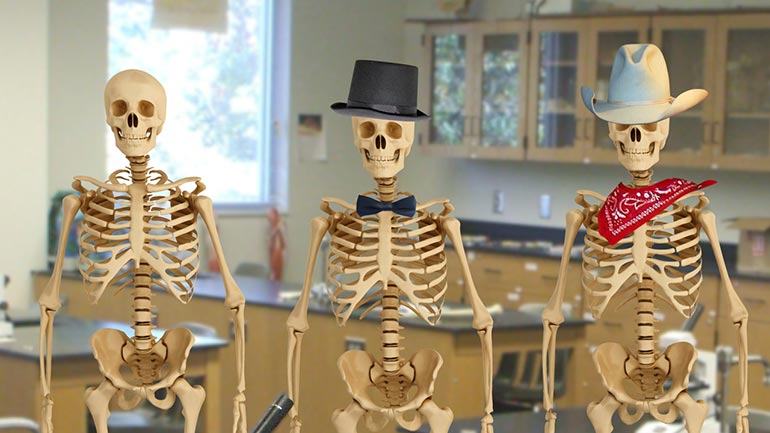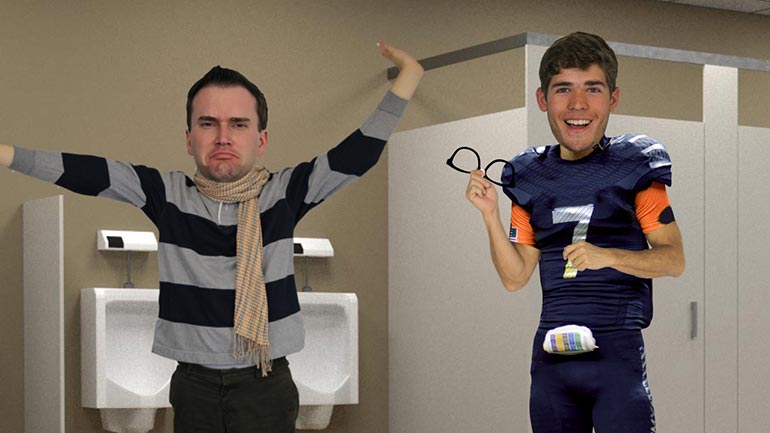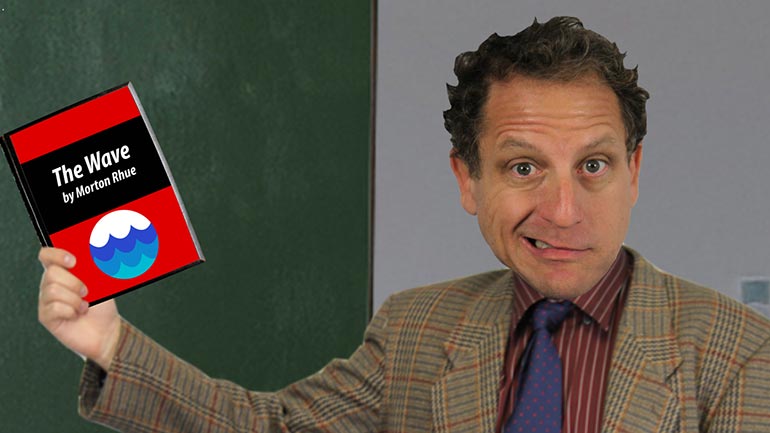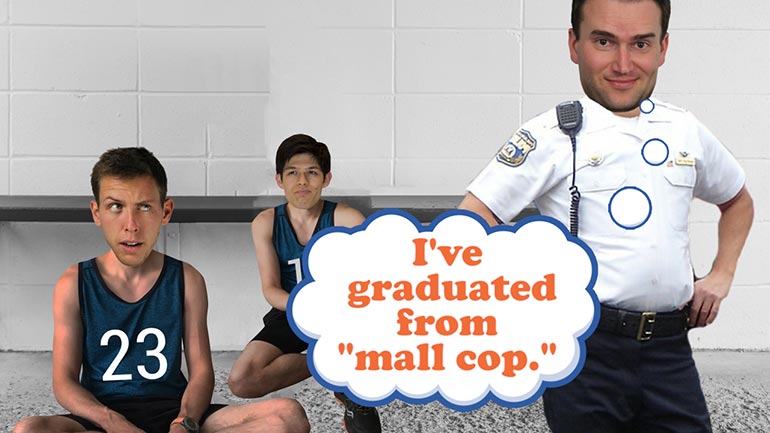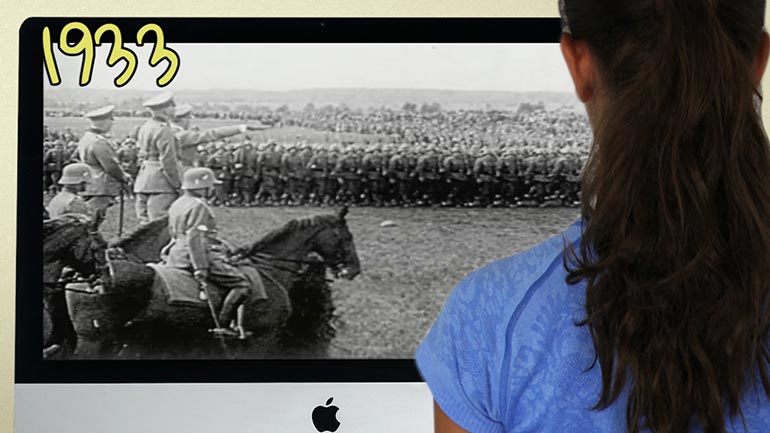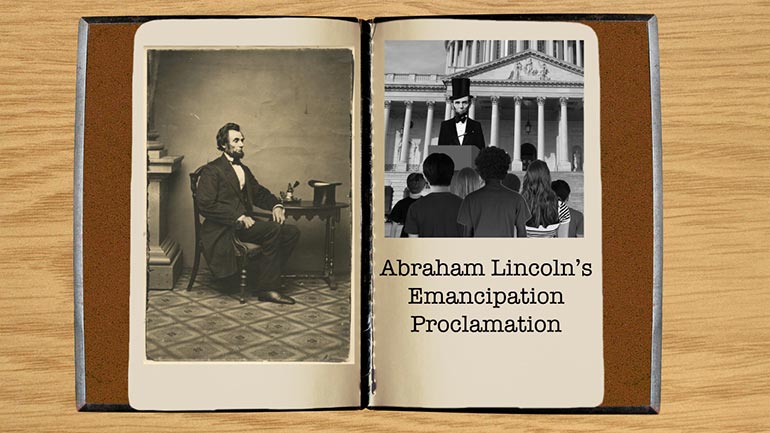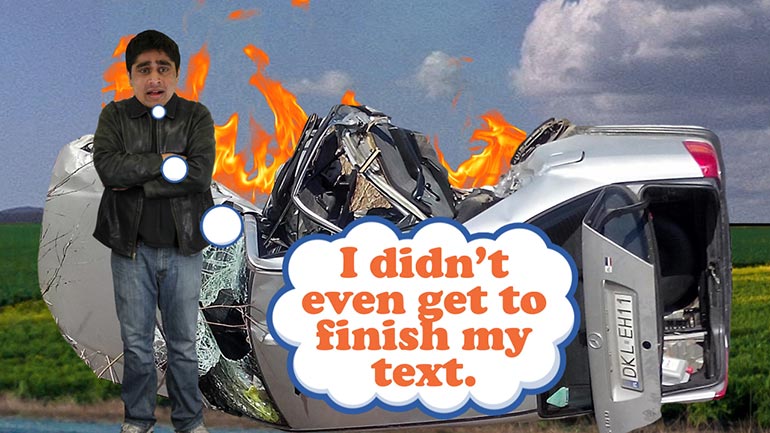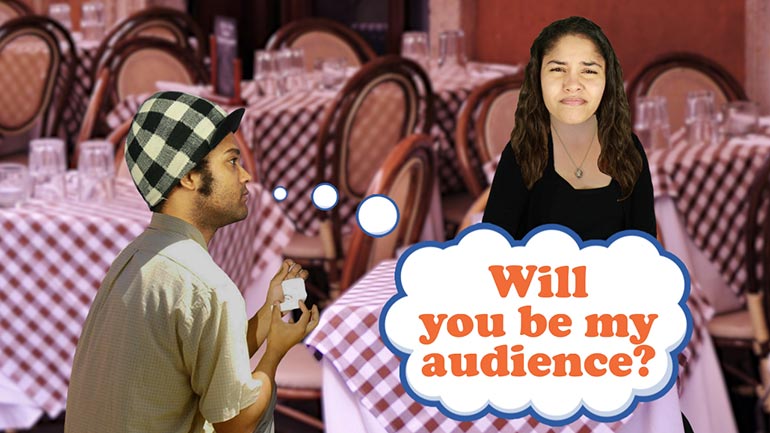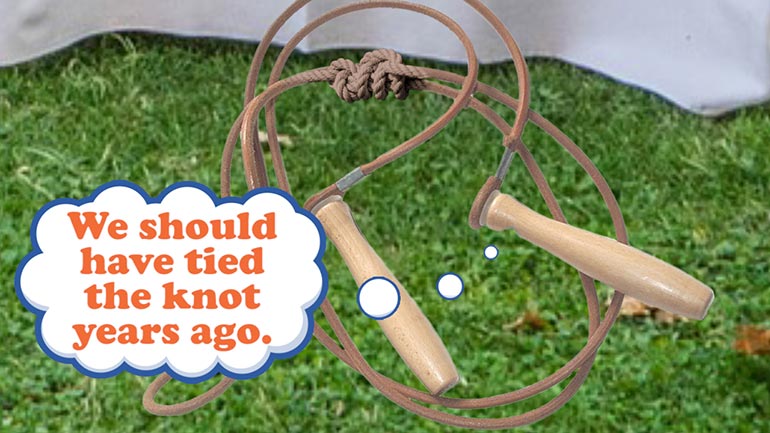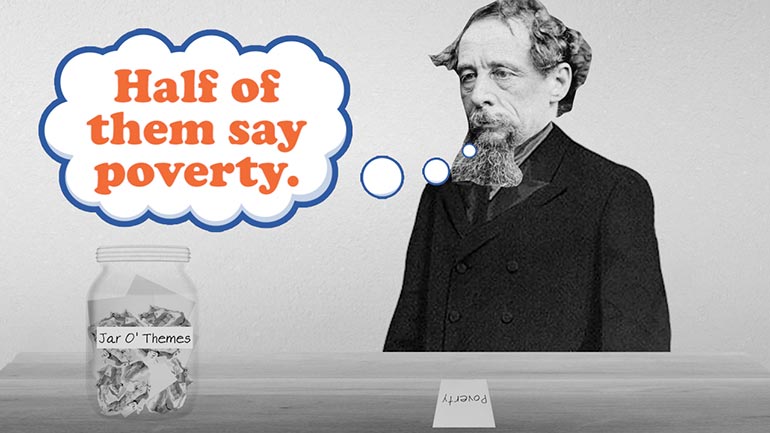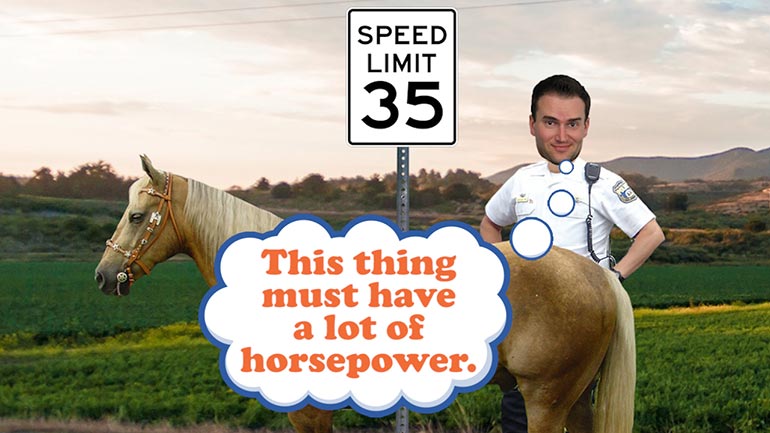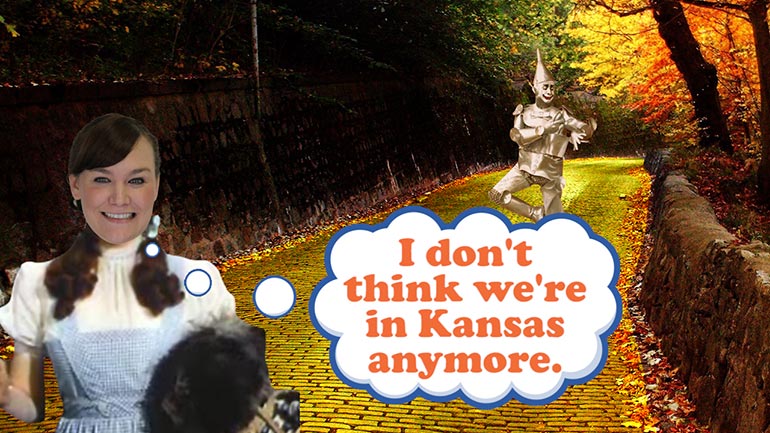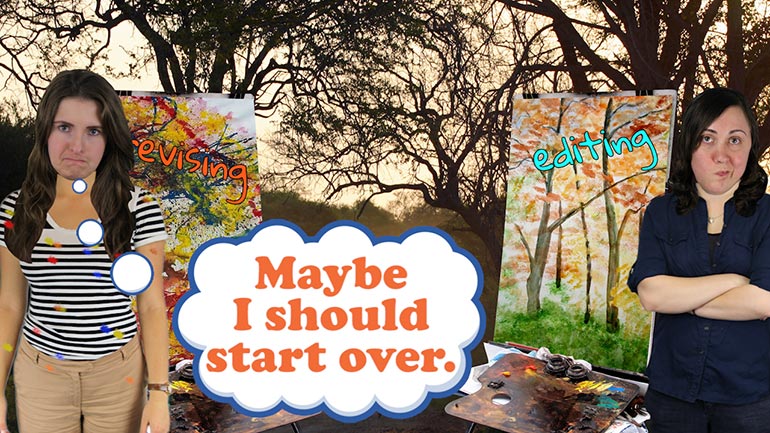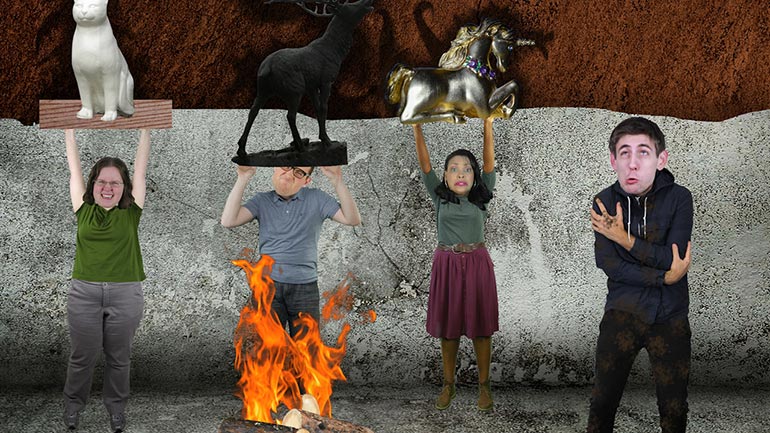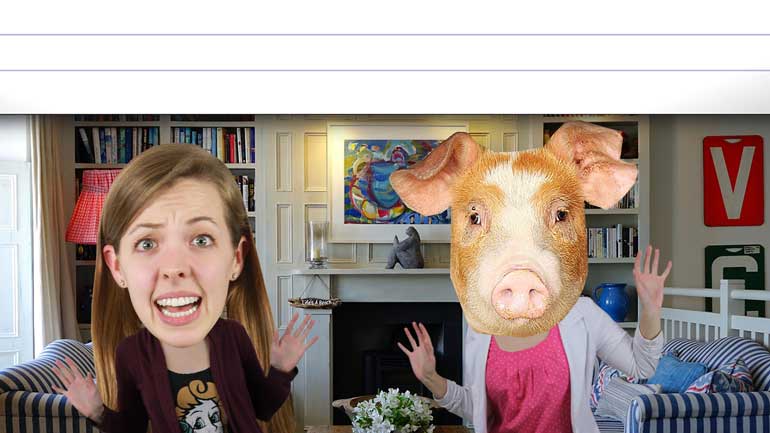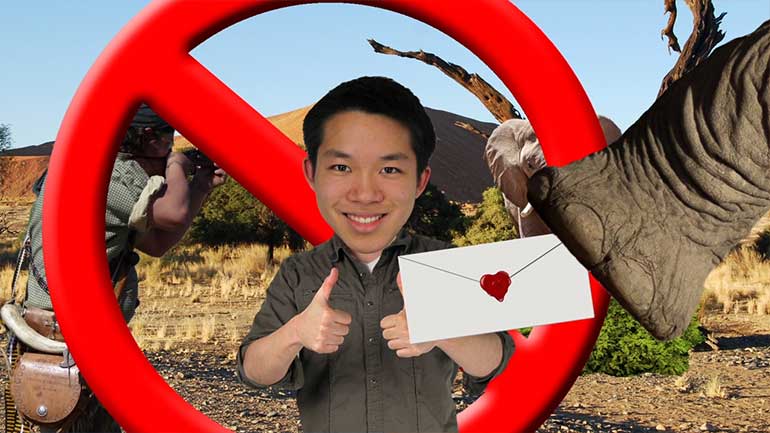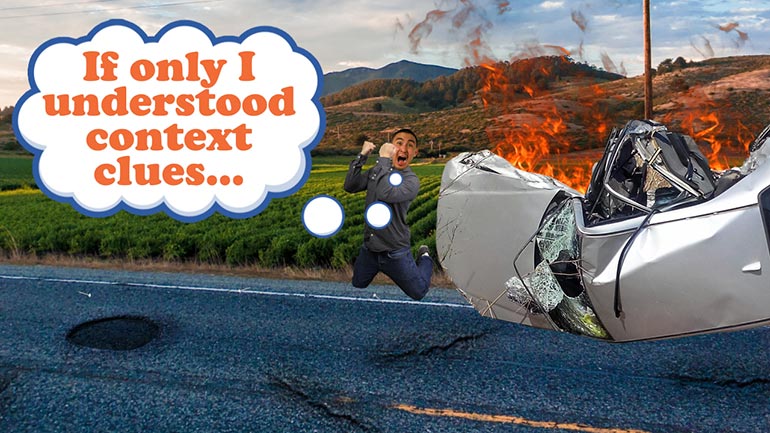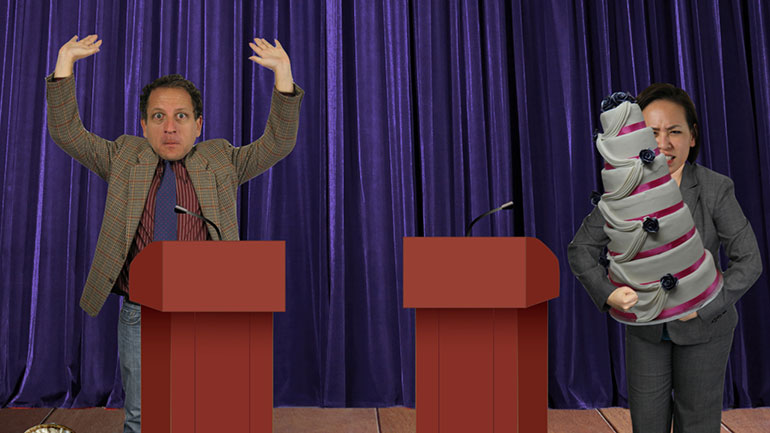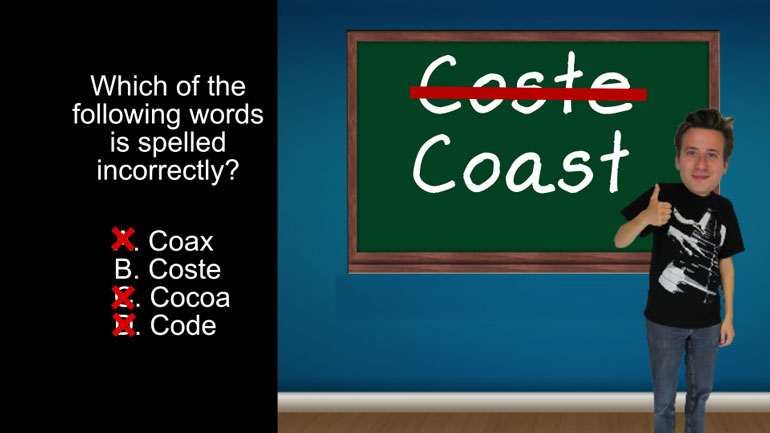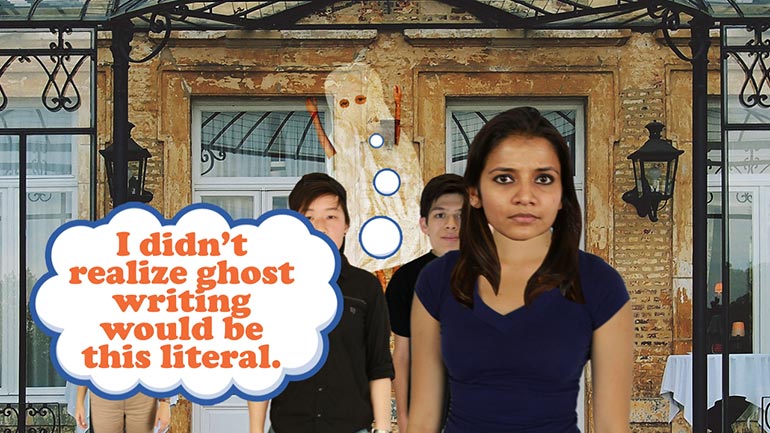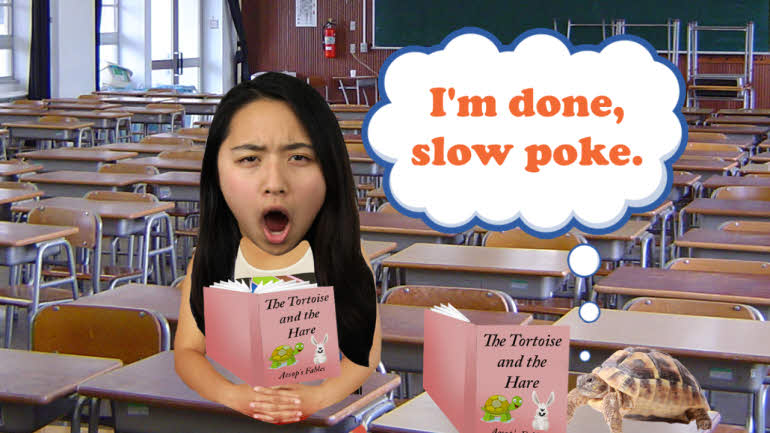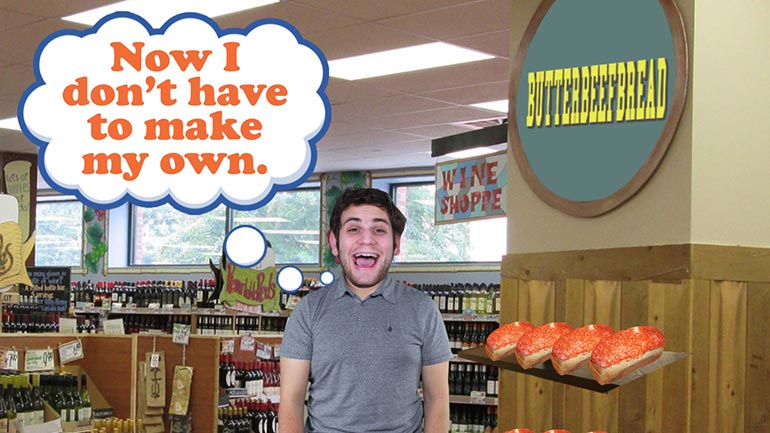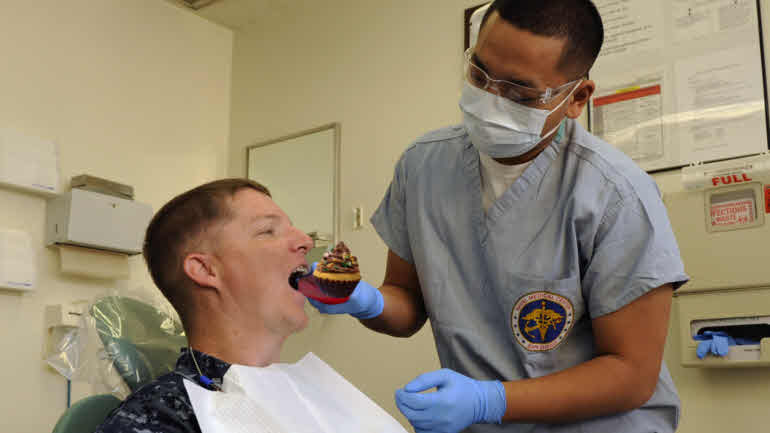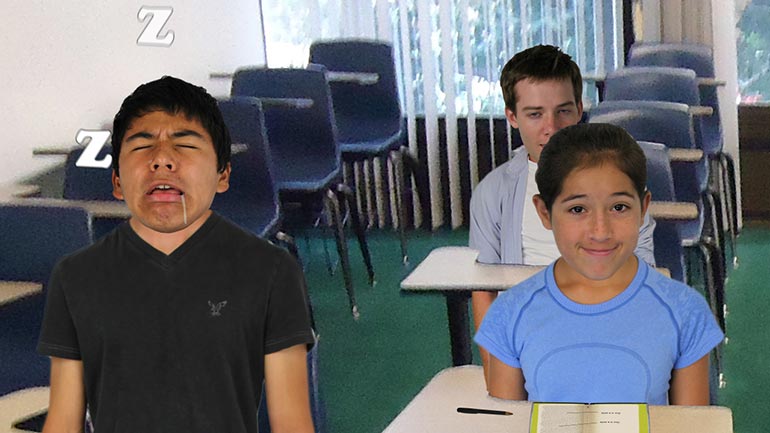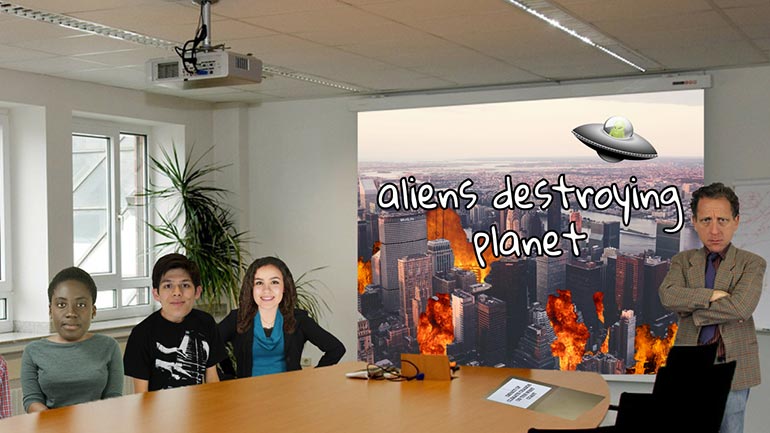ShmoopTube
Where Monty Python meets your 10th grade teacher.
Search Thousands of Shmoop Videos
Language Arts Videos 106 videos
Picking a theme for a party is pretty easy—always go karate party, because they come with nunchuck egg rolls. Themes in writing are a little diff...
Calling a book “non-fiction” is a bit like saying you have a dog. Sure it covers the basics, but there's a big difference between a Doberman an...
ELA Drills, Advanced: Punctuation 4. Which of the words is spelled correctly?
ELA 5: How to Make an Oral Summary 170 Views
Share It!
Description:
Hm. So this is supposed to be a summary of a video about...summaries. Well, to summarize we just talk about summaries and—ugh, this is getting too complicated. Just watch the video if you need to know more.
Transcript
- 00:04
[Coop and Dino singing]
- 00:13
In life, we get called upon to make oral summaries constantly.
- 00:18
Okay, maybe not always the formal kind, but… …people ask, "What happened?" all the time. [Giant bird collides with a robot and falls to the city floor in an explosion]
- 00:23
Maybe they just should have been paying attention the first time, but…that’s beside the point.
- 00:28
Telling a reader what happened in the context of a story… [Page of a book tearing off and flying out the window]
Full Transcript
- 00:31
…is not much different than telling someone what happened in a real-life situation.
- 00:35
You just have to think about how it started… …and how it ended. [Piece of paper attached to a mans windscreen]
- 00:39
What were the turning points? In other words…how did one thing lead to another?
- 00:45
As you start putting together your oral summary, consider a few things… [Girl on stage preparing to speak]
- 00:49
First, who’s your audience?
- 00:51
If your audience is a bunch of five-year-olds, and you want to talk about climate change…
- 00:55
…it’s probably best not to launch into concepts like adaptive capacity and afforestation.
- 01:02
Instead…maybe talk about how polar bears are losing their homes. [Children in the audience looking confused]
- 01:05
That’s probably more their speed.
- 01:08
Second, how long does this thing need to be? [Man checks his watch]
- 01:10
Make sure you’ve practiced in front of a mirror…
- 01:13
…or NOT in front of a mirror, depending on how bad your bedhead is… [Girl with bedhead staring in the mirror]
- 01:18
…and use a stopwatch to see if you’re going to go over the allotted time.
- 01:22
You don’t want it to be too short either…pack as much info as you can into that puppy, while [Man at the front of a class giving a presentation]
- 01:28
still leaving yourself about 30 to 45 seconds of leeway.
- 01:31
Third…do your research. It depends on the subject of your summary, of course…
- 01:35
…but if research is required for you to…sound like you know what you’re talking about…
- 01:41
…then, uh…make sure you know what you’re talking about.
- 01:44
And…organization is a biggie. [Organizational flow chart diagram]
- 01:47
We mentioned earlier how you should have an idea of where your story starts and ends…
- 01:52
…but also know where all the signposts are along the way… [Police shmoop car on a countryside road]
- 01:55
…you know, all the secondary stuff that lends detail and really helps sell that story of yours.
- 02:01
Don’t get caught up in telling too much.
- 02:03
People tend to get bored. Especially if they’re under the age of six. [Young children bored]
- 02:07
But…don’t tell too little, either.
- 02:09
Keep it simple… …but add a solid detail now and again to
- 02:13
help listeners picture what’s going on. Stories are always better with pictures… [Photos attached to a washing line]
- 02:17
…even if they aren’t of the physical, print & ink kind…
- 02:21
For example… …"Two people raced"… [Man and woman sprinting on a track]
- 02:23
…is different from… …"Annemarie and Ellen raced down the
- 02:26
sidewalk on the way home from school." The first could describe practically anything…
- 02:31
…while the second helps listeners get a precise picture of what's happening.
- 02:35
The second is more effective. If you just went the first way…
- 02:39
…maybe we’re talking about two old men in a nursing home who are trying to beat each [Old men in a nursing home racing for pudding]
- 02:43
other to the last bread pudding. Impossible to know.
- 02:46
So yeah…make sure you’ve got yourself a beginning, middle and end…
- 02:50
…be organized with your details…
- 02:52
…know your audience…
- 02:54
…get your timing down pat…
- 02:56
…do your research…
- 02:57
…keep it concise and to the point… [Coop pointing to an oral summary checklist]
- 02:59
…and make it interesting and colorful
- 03:01
…without taking any liberties. [Burglar running with statue of liberty and police car appears]
Related Videos
Check out the best bias video ever made, courtesy of the most awesome and amazing educational website in existence.
No, this isn't a terrible new mint-peach bubble gum flavor...though it does tend to leave a bad taste in people's mouths.
Those settlers in Jamestown really should have settled down with all that land-stealing. Tobacco's bad for you anyway.
Being born out of multiple wars doesn't quite seem to fit the peaceful, polite Canadians we know and love today...oh wait, they were called The Bea...
Not every cartoon is meant to entertain small children while their mother gets some "Mommy time." There are also political cartoons, which are mean...


